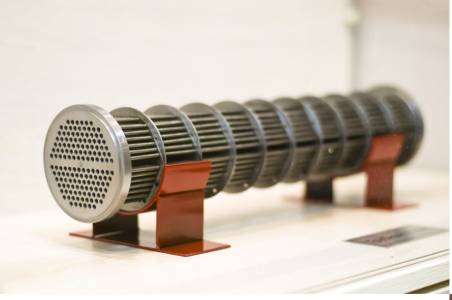
Shell and tube heat exchangers are robust and versatile devices designed for efficient heat transfer between two fluids. They are widely used across various industries due to their reliability, high heat transfer rates, and ability to handle high pressures and temperatures. This description details the key features, benefits, and applications of these essential components.
Shell and tube heat exchangers find application across a wide range of industries, including:
Shell and tube heat exchangers can be customized to meet specific application requirements. Factors like tube material, size, configuration, and operating pressure can be tailored to optimize performance and efficiency. Contact us to discuss your specific needs and let us help you select the ideal heat exchanger for your application.